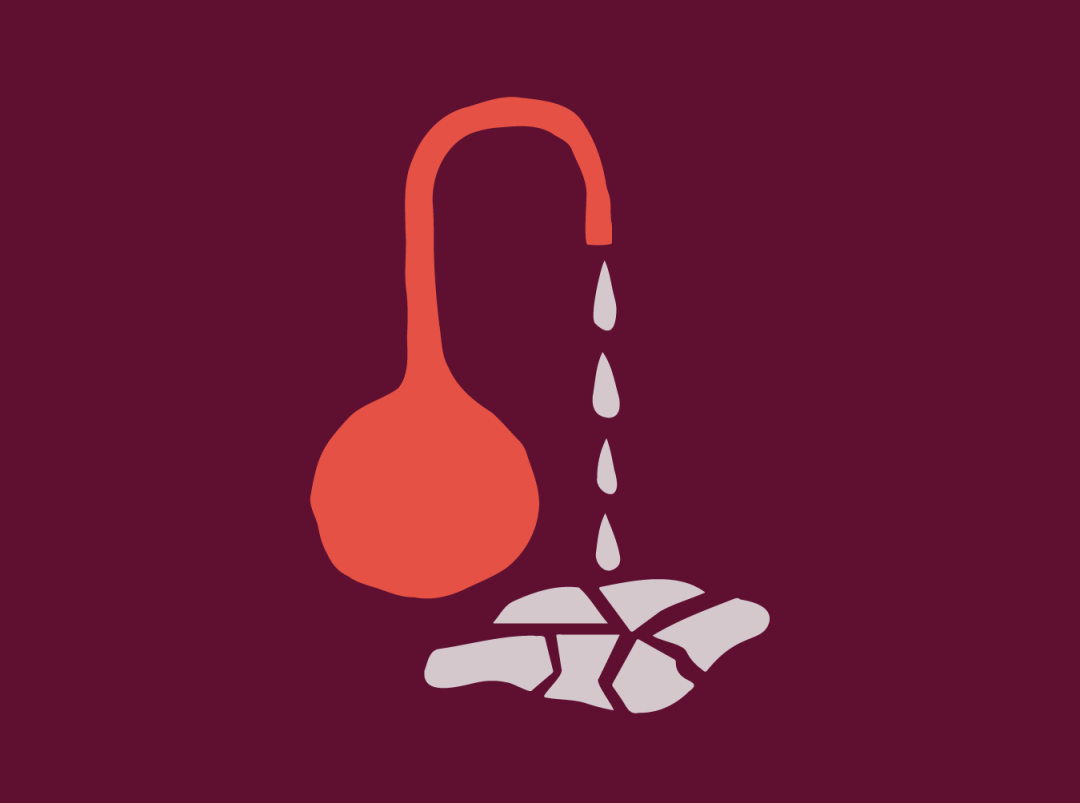#explainer
What to Know About the Fertility Awareness Method
health
·5 min read

by Toni Brannagan | 06/24/2020
There are few choices as personal as choosing a birth control method — even referring to birth control as “birth control” itself is a bit misleading. Plenty of folks are prescribed hormonal birth control options for reasons outside of preventing pregnancy, like alleviating acne, heavy periods, and even symptoms of other menstrual disorders.
On the flip side of that, for sexually active people that do want to prevent pregnancy *without* taking hormones, the options can feel limited. I’m adding this note because although I love my IUD, conversations about birth control (especially on the internet!) often devolve into hormonal vs. non-hormonal — this should not be the case. Different methods work for different people, and it’s okay if figuring out what works best takes time. If hormonal birth control does not work for you (or you choose not to use it), you and your doctor would be the most equipped to build a contraceptive plan that does work for your lifestyle.
In addition to barrier methods (condoms and diaphragms), a method of contraception you may have heard of is the fertility awareness method, or the rhythm method.
how the fertility awareness method works
Just like it says on the tin, the fertility awareness method is all about being… aware of your fertility. By closely monitoring your cycle, and predicting and identifying ovulation, the fertility awareness method, in theory, allows users to avoid having sexual intercourse that could result in a pregnancy (or use a barrier method) during the days they are the most fertile.
As you can imagine, tracking your cycle can easily be used for couples attempting to conceive, as well. Using the fertility awareness method if you do want to get pregnant is actually more likely to yield the results you want — no need to worry about a backup method, etc.
If you already track your period, and remember from science class that ovulation typically occurs right before that, this might seem relatively straightforward. Closely tracking your cycle, with the precision needed to reliably prevent pregnancy, gets a little more complicated.
how to track your cycle and ovulation
Sometimes, when people refer to their “menstrual cycle,” what they actually mean is the days or week they’re menstruating. Actually, people who menstruate are always technically amidst their menstrual cycle — if you need a quick refresher on the menstrual cycle’s phases (menstruation, the follicular phase, the luteal phase, and ovulation), check out this breakdown. Basically, while we do know that the average menstrual cycle is about 28 days, with ovulation falling typically around the 14 day mark, the only person who can know *your* cycle is you.
Fertility awareness can fill in this knowledge using a few different methods:
Keeping a calendar (the standard days method) to track your cycle, and using the typical fertile days, as cited above, to estimate ovulation. This works best for folks with regular cycles between 26 and 32 days long. On the days that have been identified as typically most fertile (Day 8-19), reproductive sex should be avoided or a barrier method should be used to avoid pregnancy. Over-the-counter ovulation tests (they should be by the pregnancy tests in the pharmacy) can also be used to verify ovulation.
Getting to know your cervical mucus, which is, you probably assumed, mucus produced by the cervix. The word mucus freaks me out, but I’m doing this for you guys. If you’ve ever noticed that the discharge from your vagina is different (ie. there’s more) in the week leading up to your period, you’ve got a headstart. Yup, before ovulation, your cervix produces more mucus, which will also appear thinner, while after ovulation, the mucus will decrease and thicken. It’s important to remember that a number of outside factors, including medicine, the period products you use, and using lube can affect the way your cervical mucus appears.
Taking your temperature — another fun thing you might not know about ovulation (I didn’t!) is that your body temperature rises slightly when it’s over. To use this method, people are directed to record their temperature first thing in the morning every day with a thermometer designed for family planning (others may not be as effective). According to the NHS, “Look out for 3 days in a row when your temperature is higher than all of the previous 6 days. The increase in temperature is very small, usually around 0.2C (0.4F). It's likely that you're no longer fertile at this time.”
Using these three methods together is called the symptothermal method, and increases the effectiveness. According to Healthline, folks should be tracking at least 6-12 cycles before relying on the fertility awareness method for contraception. It bears repeating that you should also talk to your gynecologist about any new method of contraception you use.
is the fertility awareness method effective?
There is a lot of skepticism about using fertility awareness as contraception, along with other rates of birth control “effectiveness” due to the difference between “perfect use” percentages versus “typical use.” Perfect use implies that people aren’t human, and things never go wrong, or schedules never change. Many birth control methods, including fertility awareness, appear to have highly effective perfect use rates — these are unreliable numbers, so I’m not even gonna cite them.
With that in mind, according to the HHS, the fertility awareness method is only 75% effective, meaning of every 100 people using this method, 25 get pregnant. Due to this, thinking about the type of lifestyle you lead, and whether tracking your cycle with the precision necessary is feasible, should be a consideration taken by anyone thinking about relying on the fertility awareness method alone.
As mentioned earlier, don’t forget that many birth control methods can also be used in conjunction with others, like condoms, to increase effectiveness. The fertility awareness method also does not offer protection against STIs, so barrier methods should always be used with new partners, or partners of whom you don’t know their testing status.Fertility awareness might not be the *one true* birth control for you, but using it to get to know your body and its rhythm more deeply can be worth it!
Have you ever used the fertility awareness or rhythm method? What was your experience with tracking your cycle closely? Kick off the conversation in the comments.
Toni Brannagan is a writer and was the former Copy and Content Manager at Thinx.
by Toni Brannagan


